From Dr. Lars Hoefs on day 3 (03/11/2012) at the Piatigorsky International Cello Festival, Los Angeles
A surprised Jean-Guihen Queyras walked onto the stage of Zipper Hall at the Colburn School downtown Los Angeles this morning to the strains of “Happy Birthday,” as young cellists from around the globe serenaded him with their voices. If it were my birthday, there is nothing I’d rather be doing than observing a class by this remarkable French cellist. I sat next to Ron Leonard, who in his characteristically unrepeatable macho language sang the praises of Queyras’ performance of the Cassado Suite from the night before; indeed everyone in the audience was under the spell of this dashing, unlimited artist of the cello.
The first student to perform was Antonina Zharava from Belarus, a student in the class of Philippe Muller at the Paris Conservatoire. Zharava performed Debussy’s Sonata in D Minor with the excellent Robert Thies at the piano, Thies well-known and beloved by Southern California audiences. Queyras listened from the audience and halted the performance before the 3rd movement. Equally charming, witty, and debonair with his words as with his cello and bow, Queyras revealed keys to an interpretation of this work which is so often merely played without a deep understanding or clarity of purpose, as well as working on core principle technical/physical problems of cello playing. In other words, everything you could want from a masterclass. Drawing on his expertise in baroque and classical repertoire, Queyras revealed how the cello’s opening phrase in this Sonata relies on principle notes which are either appoggiaturas or their subsequent resolutions. For example, he demonstrated how the E at the beginning of bar 5 is an appoggiatura resolving to D, and occurring again at the middle of the bar an octave lower. In demonstrating on his cello, he leaned on the E, bringing it out of the texture and leaving the other 32nd-notes as filigree.
Queyras explained that music is a physical phenomenon through which our ideas are made incarnate. He recognized Zharava’s physical limitations on the cello, working with her to get deeper in the sound. Perhaps sensing her nerves, he revealed how, when he gets nervous for a performance, he can rely on the clear choices he made in preparing the work. Moving on to the second movement of the Debussy, Queyras stressed the importance of pulse, quoting his teacher Tim Eddy’s phrase, the “inevitability of rhythm.” He requested that Zharava remain strictly in tempo in this movement, and at the tempo Debussy wrote, where he wrote it, as Debussy also wrote in plenty of places where the tempo varies. Most fascinating was Queyras’ singing, conducting, and general body language, which so clearly illustrated the phrasing of this movement – never before have I been so convinced by an interpretation of this Sonata. Lucky for us in the audience, he also played a few excerpts on his cello, extraordinary stuff.
The second young artist to perform was Michael Kaufman, a student of Ralph Kirshbaum’s at USC. Kaufman performed the first movement of Kodaly’s Sonata for Solo Cello, Op. 8. Queyras continued many of the topics he had begun with Zharava, such as rhythm and pulse, characterizing the opening of the Kodaly as a Sarabande rhythm, and stressing the importance of feeling the pulse before beginning the piece. He showed more appoggiaturas (he even confessed, “I love appoggiaturas”), and suggested approaching the second theme as a duet, turning it into chamber music by playing the bottom part with Kaufman on the top. Queyras focused on the bow arm, investigating quality and variety of sound. He explained his concept of sound quality as represented by a seed at the center, with an aura around it. The seed is the most focused, concentrated, pure sound, whereas the further you travel from that center, the more you retreat into the vagaries of the aura. This was applied to the fast notes at the beginning of the Kodaly, and eventually resulted in Queyras revealing his unique teaching method called the “morning sofa exercise.” It simply involves dropping the bow at the frog on the string with an enormous release, the way we fall into the sofa after a long hard day. He recommends doing it 40 times every morning – I have to admit, the first thing I did when I got home tonight was to try a few for myself. He also talked about how we have the option to use the whole right arm or to limit the action more to the fingers, which he showed works well for faster, articulate passages as in the beginning of the Kodaly.
The final participant this morning was Benjamin Lash, a student of Ronald Leonard at the Colburn School, performing the 1st movement of Dvorak’s Cello Concerto in B Minor, Op. 104. Queyras interrupted at the dramatic recapitulation (which begins with the second theme in this work, not the first), asking Lash to take more risks, to get to the core of the music and transmit to us the basic force behind the work. Queyras asked Lash to play as though it were a matter of life and death, and joked about the 2012 prophecy. It was remarkable to see how Lash responded so quickly and eagerly to what Queyras requested. Queyras also revealed that freedom in sound is achieved when you know what the pulse is, something he illustrated to perfection with every excerpt he played, and especially in his performance of the Haydn C Major Concerto two nights before, particularly in the lyrical parts of the finale, when he seemed to hover in glorious flight above an unchanging pulse in the accompaniment.








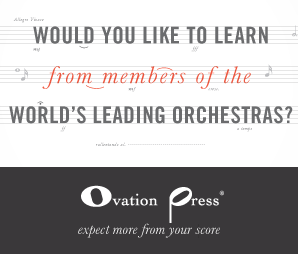
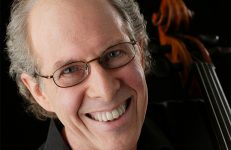
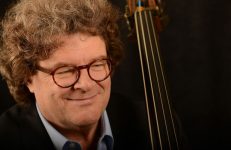
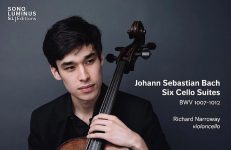
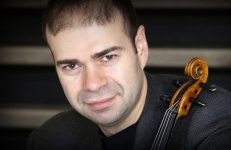
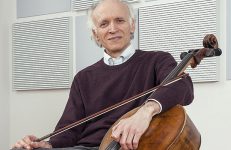
Excellent review, Lars. I was there too and enjoyed every bit of that master-class. It was so good to see and hear Jean-Guihen after 20 some years (back in France). And then the Bach 6 Suites and 6th suites was an apotheosis! What a phenomenal artist he is!
123B⭐️ Link Tải 123B Không Bị Chặn Mới Nhất 01/2025 https://123b.compare
https://mu88.irish